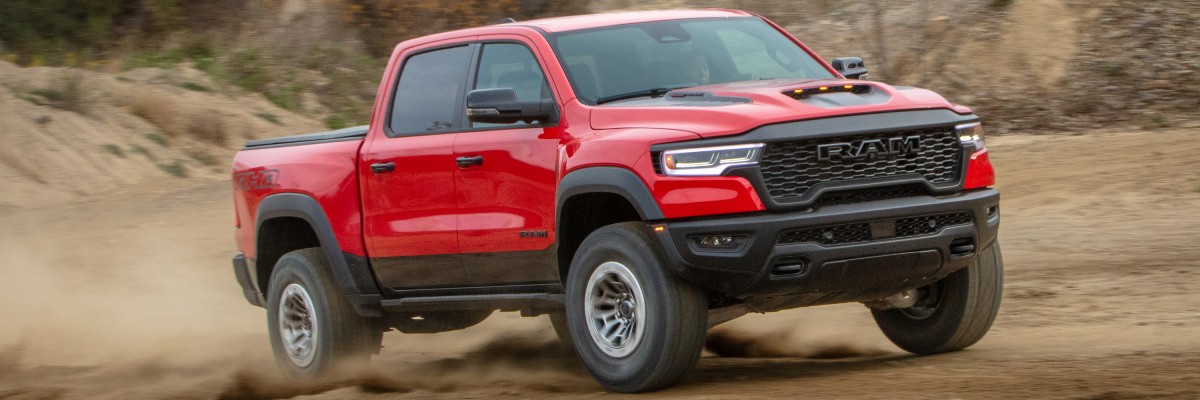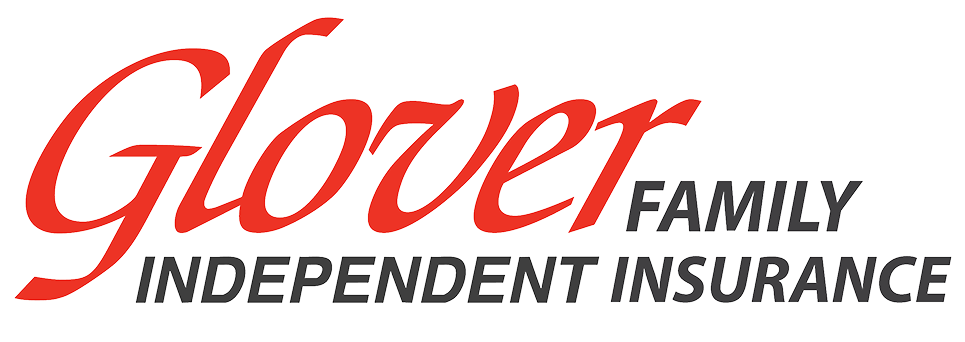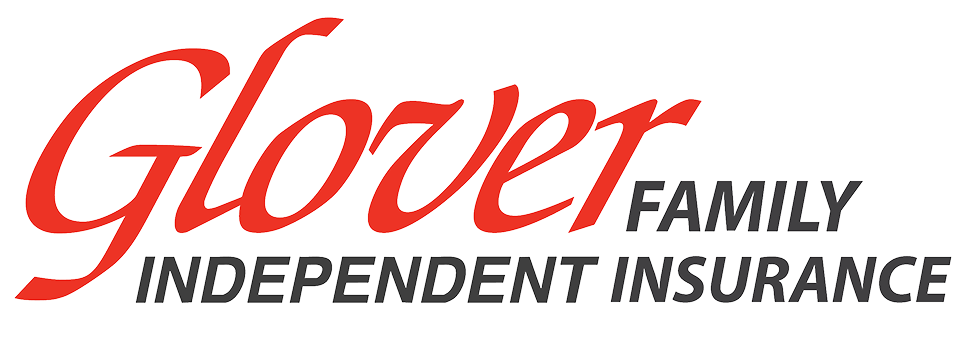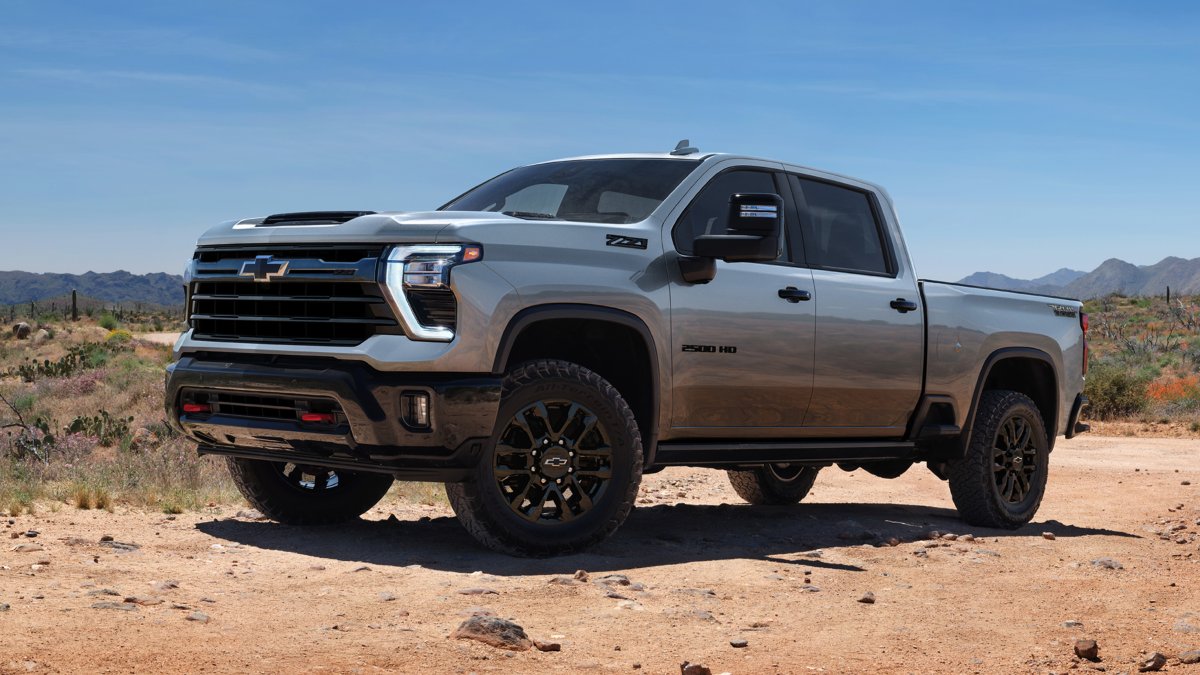Buying a new truck is always going to be a major investment, whether it’s your first time purchasing a pickup or you’re upgrading to something with more capabilities than your current truck delivers. As with any automotive investment, the moment you drive your new truck off the lot it begins to depreciate. Gap insurance is something that was introduced to help in the event of something unexpected happening, such as a total loss from an accident or auto theft. It fills the gap created by the rapid drop in value so that you aren’t as financially exposed as you would be otherwise. Today we’re going to break that down a little bit further for you, highlighting exactly what gap insurance is and why truck buyers should consider it.
What Is Gap Insurance?
Gap insurance covers the difference – or gap – between what you owe on your truck loan or lease and what your standard auto insurance policy will pay if your vehicle is totaled or stolen. Even though the name worked out incredibly well, that’s not actually the reason it’s called gap insurance, as gap actually stands for Guaranteed Asset Protection. Here’s a quick example to show you exactly how gap insurance works:
- You finance a new truck for $50,000
- After a whole year of payments, you still owe $44,000 on the loan
- Your truck’s current actual cash value (ACV) is now $38,000, due to depreciation
- You have an accident that results in your truck being totaled
- Your insurer may only cover the $38,000 ACV, leaving you on the hook for the $6,000 difference
This is precisely where gap insurance comes into play, as it will protect your finances from this surprise out-of-pocket expense by covering that $6,000 difference. Can you see its immense value?
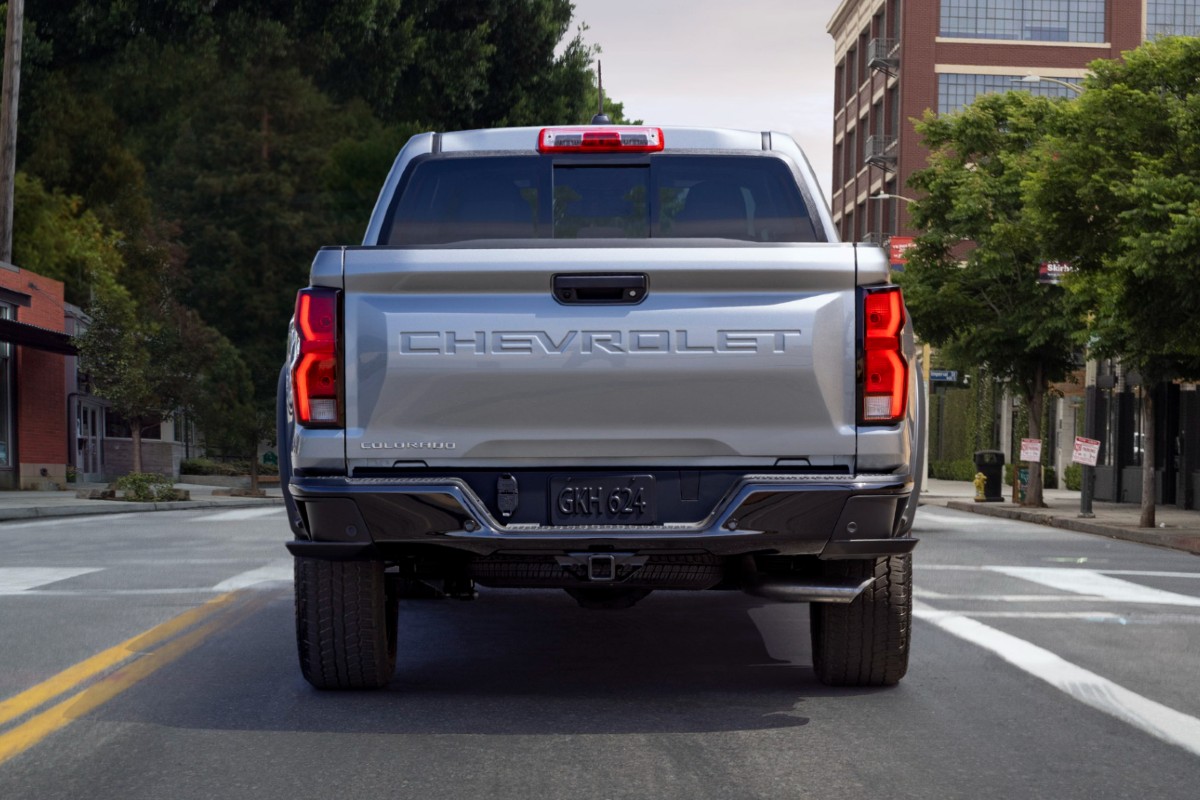
Why Truck Buyers Should Pay Attention
If you purchase or lease a new truck, it’s going to depreciate surprisingly fast. The first 12 to 18 months are often the worst, with the value of your truck decreasing dramatically in that timeframe. If you combine that with small down payments and longer loan terms, it can become incredibly easy to find yourself underwater — which is a term that means owing more than your vehicle is worth. This can be compounded even further if any of the following is also true about your situation:
- If you rolled over negative equity from a previous loan
- If you financed your truck for 72 months or more
- If you had no or a small down payment
- If you chose a higher trim level, as they lose value even more quickly
Is Gap Insurance Required?
Unlike standard automotive insurance, which is often required by your lender if not mandated by the government, gap insurance is typically optional. Although rare, you might work with a leasing company or financial lender that requires gap insurance as a condition of your deal. But even if it’s not required, you should seriously consider it as they’re called “unexpected” expenses for a reason — you never know what might happen.
How Much Does It Cost?
Ultimately, whether or not it’s feasible for you to add gap insurance is naturally going to come down to the cost. Even if you realize it’s a great addition to your coverage, if you can’t afford it you can’t afford it. If you purchase gap insurance from your lender or car dealership, they typically charge a flat rate from $500 to $700. But those are the most expensive options available to you.
Instead, you can choose to purchase gap insurance from an insurance provider, often even bundling it together with your standard auto policy. This is a much more affordable option, as it typically costs between just $20 to $40 a year. Plus, once your truck’s value equals or exceeds the remaining loan balance, gap coverage becomes unnecessary and you’ll no longer have to pay for it! Just make sure to cancel that part of your policy if and when it happens.
Hopefully we’ve helped you better understand gap insurance and why it’s an important option for new truck owners. If you’d like to discuss policy options, feel free to give us a call right here at Glover Family Independent Insurance.
